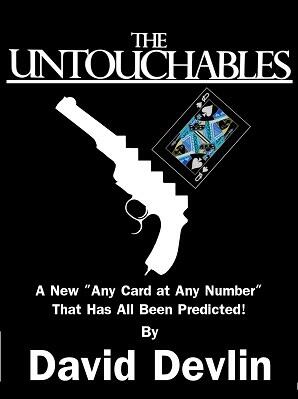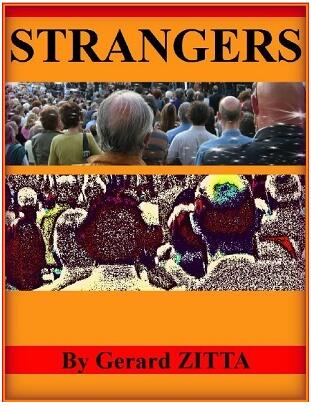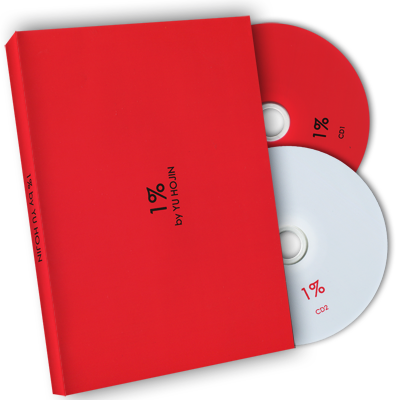Behold! Witness David Devlin’s “The Untouchables”! A spectator shuffles, thinks of a number, and *poof*! The chosen card appears at that very spot! Borrowable deck, self-working magic! Discover secrets within!
Product information
David Devlin – The Untouchables: A Mind-Blowing Card Trick
Prepare to be amazed by David Devlin – The Untouchables, a card trick that defies logic and leaves your audience in awe. This effect is perfect for any magician looking to add a touch of mystery and wonder to their repertoire.
How It Works
The performer starts by having a spectator shuffle a deck of cards. The spectator is then asked to think of a number between 1 and 52, without revealing it. The deck is handed back to the spectator, and the performer turns their back, ensuring they have no control over the cards.
From here, the spectator randomly constructs a single card by selecting both its value and suit. For example, they might choose the King of Diamonds. After shuffling the deck to their satisfaction, the spectator reveals their chosen number, say 27. The performer faces the audience, and any spectator deals to the 27th card. When the card is turned over, it’s the King of Diamonds!
But the magic doesn’t stop there. The performer suggests it might just be luck, only to prove it was predestined. The spectator opens the card box, which has been in full view the entire time, and removes the Joker. On the back of the Joker is a note that reads: “The King of Diamonds will be found at the 27th position!”
Why This Trick Stands Out
- No Sleight of Hand: The performer never touches the deck once it’s handed to the spectator.
- Borrowed Deck: You can use any deck, and it’s shuffled by the spectator before and during the effect.
- Self-Working: The trick is easy to perform yet incredibly impactful.
First published in 2015, this 14-page guide provides everything you need to master The Untouchables. With a word count of 4644, it’s equivalent to 18 standard pages of text, ensuring you have all the details to perform this trick flawlessly.
Here is the effect as the audience sees it: The deck is shuffled by a spectator. The performer has any spectator think of any number between one and fifty-two, but not to reveal it to anyone until asked by the performer. Nothing is written down. The number is simply thought of.
The performer gives the deck to any spectator. From this point on the performer does not touch the cards again, not even for a second. The performer turns his back so that he cannot observe the spectators following actions. The spectator now randomly constructs a single card. This is done very simply. There are no weird mathematical procedures or anything like that. He first comes up with the value. Let’s suppose it is a King. He then creates the suit. Let’s say it is a Diamond, thus the spectator has created the King of Diamonds. The spectator now shuffles the deck until he is content.
The spectator who has been thinking of a number since before anything has happened now reveals his number. Let’s assume that the number is 27. At this point the performer faces the audience. Any spectator now deals to the 27th card. It is turned over by any spectator, and it is the King of Diamonds!
The performer states that perhaps this was all just luck or coincidence. The performer then proves that everything was predetermined by having the spectator open the card box (that has been in full view the entire time). The spectator does so, and removes the Joker card from inside it. On the back of the Joker is a note that is read by the performer along with the spectator. It reads:
“The King of Diamonds will be found at the 27th position!”
The deck can be borrowed; it is shuffled by the spectator before and during the effect, and best of all it is damn-near self-working.
1st edition 2015, 14 pages.
word count: 4644 which is equivalent to 18 standard pages of text














